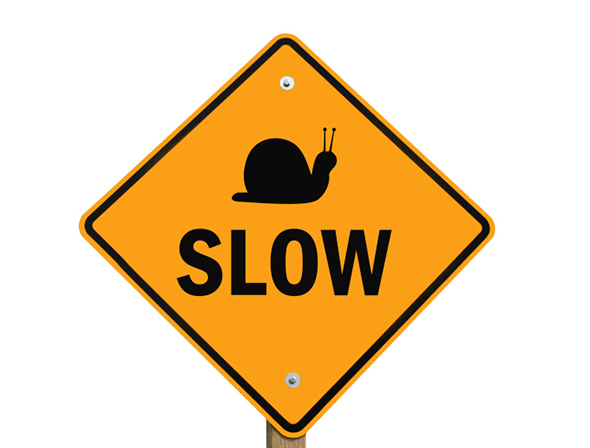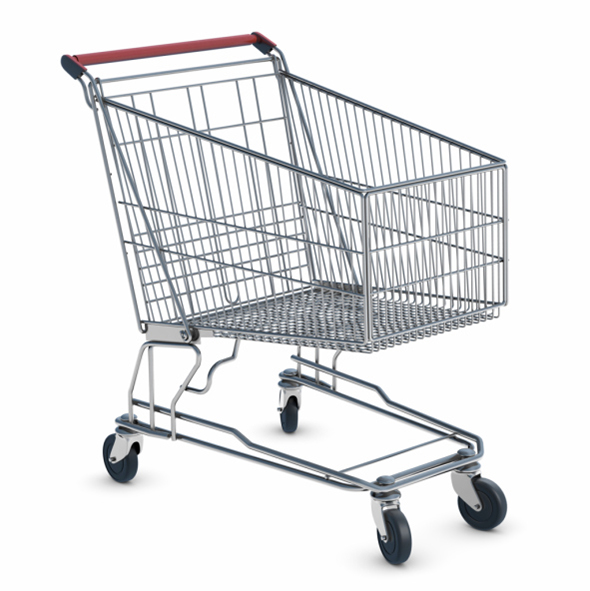Give Prospective Customers a Plan of Action
One of the greatest mistakes marketers make is to assume that interested prospects will automatically know which steps to take next when they receive a marketing piece in the mail, via email, or from a salesperson. Without a clear plan of action, many of your prospects will simply discard your marketing piece and move on to a different company…most likely your competitor.
Too many people assume that once a prospect shows interest, the next step is to close the sale. But rather than rushing to that conclusion, perhaps the best thing to do is to field any questions the prospect might have. Once your prospects are more informed, they will be able to make an educated decision about pursuing your products and services.
With that in mind, here are some phrases (and related information) you should include in your marketing materials to let prospects know you are there to help, not just make a buck:
- Stop in and see our products! Include an address, business hours, and directions for reaching your building. Make sure you include a Google map on your website or landing page, as well.
- Call and ask for more information! Include a phone number, contact name, extension number (where applicable), and hours. If you have an after-hours phone number, include that, too.
- Call to set up an appointment! Again, provide all of the pertinent details, including the best time to reach you.
- Send us an email to request more information! For email and web-based communications, provide a link to a simple contact form where prospects can enter their details and receive confirmation that their request went through. On print pieces, include an email address, and consider adding a QR code that links directly to a contact form on your website.
- Visit our website for more information! Make sure you provide your full website address. Again, consider a QR code that links to your homepage or (better yet) to a landing page designed specifically for the promotion you’re running, with additional details about your products, services, and any current specials you have available. An FAQ page is also helpful here, and don’t forget to include full contact details so the prospect can easily reach you with questions.
Making yourself available to answer questions and provide your prospects with more information will make a positive impression and help boost sales.










